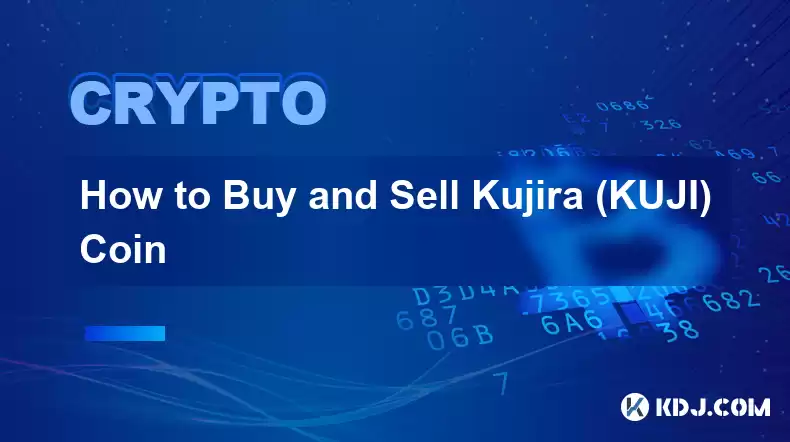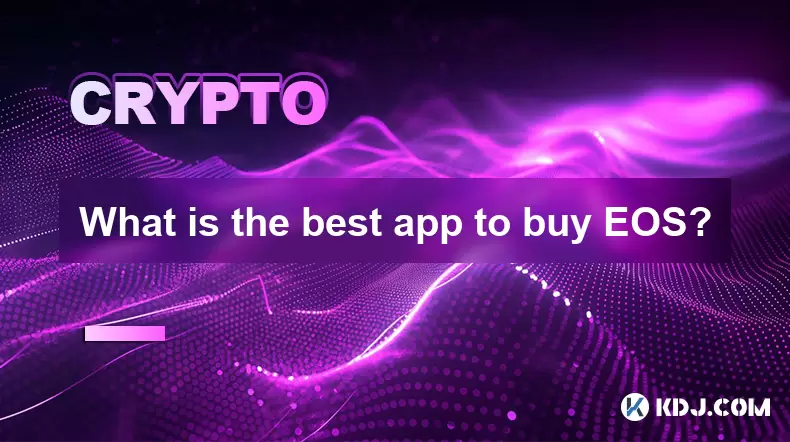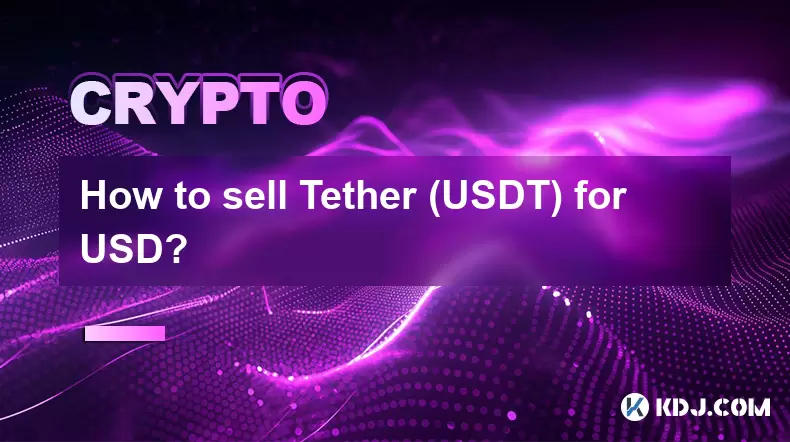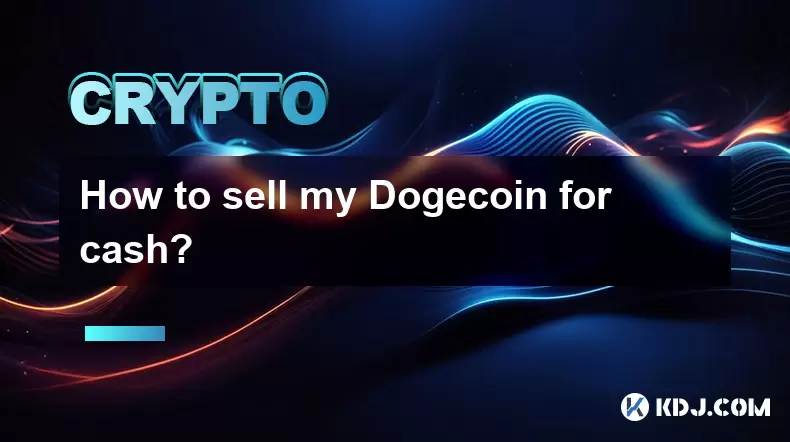-
 Bitcoin
Bitcoin $116200
1.84% -
 Ethereum
Ethereum $3841
6.86% -
 XRP
XRP $3.070
4.25% -
 Tether USDt
Tether USDt $1.000
0.02% -
 BNB
BNB $774.4
1.72% -
 Solana
Solana $172.3
5.17% -
 USDC
USDC $0.9999
0.01% -
 Dogecoin
Dogecoin $0.2136
6.85% -
 TRON
TRON $0.3391
1.21% -
 Cardano
Cardano $0.7667
5.76% -
 Hyperliquid
Hyperliquid $39.10
4.30% -
 Sui
Sui $3.724
9.37% -
 Stellar
Stellar $0.4139
5.86% -
 Chainlink
Chainlink $17.35
6.09% -
 Bitcoin Cash
Bitcoin Cash $573.7
2.52% -
 Hedera
Hedera $0.2518
5.39% -
 Ethena USDe
Ethena USDe $1.001
0.02% -
 Avalanche
Avalanche $22.68
3.57% -
 Litecoin
Litecoin $120.4
3.89% -
 UNUS SED LEO
UNUS SED LEO $8.951
-0.40% -
 Toncoin
Toncoin $3.312
4.62% -
 Shiba Inu
Shiba Inu $0.00001263
4.23% -
 Uniswap
Uniswap $10.14
6.89% -
 Polkadot
Polkadot $3.778
5.04% -
 Dai
Dai $1.000
0.01% -
 Monero
Monero $276.9
-4.52% -
 Bitget Token
Bitget Token $4.394
1.57% -
 Cronos
Cronos $0.1475
6.05% -
 Pepe
Pepe $0.00001081
5.27% -
 Aave
Aave $274.5
7.59%
How to Buy and Sell Kujira (KUJI) Coin
To purchase or sell KUJI coin, begin by selecting a reliable cryptocurrency exchange, such as Binance, KuCoin, or Gate.io, and establish an account with them.
Dec 24, 2024 at 11:39 pm

Key Points
- Understand the basics of Kujira (KUJI) coin.
- Choose the right cryptocurrency exchange or platform.
- Create an account and set up your payment methods.
- Place a buy or sell order for KUJI coin.
- Manage your KUJI coin holdings.
- Understand the risks associated with buying and selling cryptocurrencies.
Step 1: Understand Kujira (KUJI) Coin
Kujira (KUJI) is a decentralized, open-source, and non-custodial blockchain infrastructure protocol designed to bring speed and affordability to the Terra ecosystem. It achieves this by leveraging the Tendermint consensus engine, which is known for its high transaction throughput and low latency.
Step 2: Choose the Right Cryptocurrency Exchange or Platform
The first step in buying or selling KUJI coin is to choose the right cryptocurrency exchange or platform. There are several reputable exchanges that offer KUJI, including:
- Binance: One of the largest cryptocurrency exchanges in the world, Binance offers a wide variety of cryptocurrencies and trading pairs, including KUJI.
- KuCoin: A popular exchange known for its low trading fees and support for a wide range of cryptocurrencies, including KUJI.
- Gate.io: Another popular exchange that offers a user-friendly interface and support for a variety of cryptocurrencies, including KUJI.
When choosing an exchange, consider factors such as reputation, security, fees, and supported cryptocurrencies.
Step 3: Create an Account and Set Up Your Payment Methods
Once you have chosen an exchange, you will need to create an account. This typically involves providing your email address, creating a username and password, and completing KYC (Know Your Customer) verification.
After creating your account, you will need to set up your payment methods. Most exchanges accept bank transfers, credit cards, and debit cards. Some exchanges also support cryptocurrencies as a payment method.
Step 4: Place a Buy or Sell Order for KUJI Coin
Once your account is funded, you can place a buy or sell order for KUJI coin. To buy KUJI, you will need to select the KUJI/USDT trading pair and enter the amount of KUJI you want to buy. You can then choose the type of order you want to place, such as a market order or a limit order.
To sell KUJI, you will need to select the KUJI/USDT trading pair and enter the amount of KUJI you want to sell. You can then choose the type of order you want to place, such as a market order or a limit order.
Step 5: Manage Your KUJI Coin Holdings
Once you have bought or sold KUJI coin, you will need to manage your holdings. You can do this by storing your KUJI in a hardware wallet, a software wallet, or on the exchange where you bought it.
Hardware wallets are considered the most secure way to store cryptocurrencies. They are offline devices that store your private keys and are not connected to the internet. This makes them immune to hacking and other forms of online theft.
Software wallets are less secure than hardware wallets, but they are more convenient. They are software programs that you can install on your computer or mobile phone. Software wallets are connected to the internet, which makes them vulnerable to hacking and other forms of online theft.
Exchanges are the least secure way to store cryptocurrencies. They are online platforms that hold your cryptocurrencies for you. This makes them vulnerable to hacking and other forms of online theft.
Step 6: Understand the Risks Associated with Buying and Selling Cryptocurrencies
Buying and selling cryptocurrencies involves risks. The value of cryptocurrencies can fluctuate significantly, and there is always the risk of losing your investment. Other risks include:
- Hacking: Cryptocurrency exchanges and wallets are vulnerable to hacking.
- Phishing: Phishing attacks are scams that attempt to trick you into giving up your private keys or login credentials.
- Market volatility: The value of cryptocurrencies can fluctuate significantly, even over short periods of time.
- Regulation: The regulatory landscape for cryptocurrencies is constantly evolving. This can lead to uncertainty and risk for investors.
FAQs
What is the price of KUJI coin?
The price of KUJI coin can be found on any major cryptocurrency exchange. The price of KUJI can fluctuate significantly, so it is important to check the current price before buying or selling.
What is the best way to store KUJI coin?
The best way to store KUJI coin is in a hardware wallet. Hardware wallets are considered the most secure way to store cryptocurrencies. They are offline devices that store your private keys and are not connected to the internet. This makes them immune to hacking and other forms of online theft.
What are the risks of buying and selling KUJI coin?
Buying and selling KUJI coin involves risks. The value of cryptocurrencies can fluctuate significantly, and there is always the risk of losing your investment. Other risks include hacking, phishing, market volatility, and regulation.
Disclaimer:info@kdj.com
The information provided is not trading advice. kdj.com does not assume any responsibility for any investments made based on the information provided in this article. Cryptocurrencies are highly volatile and it is highly recommended that you invest with caution after thorough research!
If you believe that the content used on this website infringes your copyright, please contact us immediately (info@kdj.com) and we will delete it promptly.
- Ollama Turbo & GPT-OSS: Revolutionizing AI Model Accessibility and Speed
- 2025-08-07 20:29:33
- Bitcoin Ordinals: NFTs Evolving Bitcoin or a Fleeting Fad?
- 2025-08-07 20:29:33
- BlockchainFX, Bitcoin Swift, Crypto Presales: What's the Hype?
- 2025-08-07 19:10:13
- Pepe Dollar (PEPD) vs. SPX6900: The Meme Coin Battle of 2025
- 2025-08-07 19:50:12
- XRP Investment Regret: Are You Missing Out on the Next Big Thing?
- 2025-08-07 19:50:12
- XRPINU: More Than Just a Meme? Roadmap, Liquidity, and the Future of Funny Money
- 2025-08-07 19:56:46
Related knowledge

Where can I buy UMA (UMA)?
Aug 07,2025 at 06:42pm
Understanding UMA and Its Role in Decentralized FinanceUMA (Universal Market Access) is an Ethereum-based decentralized finance (DeFi) protocol design...

What is the best app to buy EOS?
Aug 07,2025 at 04:35pm
Understanding EOS and Its Role in the Cryptocurrency EcosystemEOS is a blockchain platform designed to support decentralized applications (dApps) with...

How to sell Tether (USDT) for USD?
Aug 07,2025 at 03:29pm
Understanding Tether (USDT) and Its USD ValueTether (USDT) is a stablecoin designed to maintain a 1:1 value ratio with the United States Dollar (USD)....

How to sell my Bitcoincoin for cash?
Aug 07,2025 at 02:14pm
Understanding the Basics of Selling Dogecoin for CashSelling Dogecoin for cash involves converting your DOGE tokens into a fiat currency such as USD, ...

What is Chainlink (LINK)?
Jul 22,2025 at 02:14am
Understanding Chainlink (LINK): The Decentralized Oracle NetworkChainlink is a decentralized oracle network designed to bridge the gap between blockch...

What is Avalanche (AVAX)?
Jul 22,2025 at 08:35am
What is Avalanche (AVAX)?Avalanche (AVAX) is a decentralized, open-source blockchain platform designed to support high-performance decentralized appli...

Where can I buy UMA (UMA)?
Aug 07,2025 at 06:42pm
Understanding UMA and Its Role in Decentralized FinanceUMA (Universal Market Access) is an Ethereum-based decentralized finance (DeFi) protocol design...

What is the best app to buy EOS?
Aug 07,2025 at 04:35pm
Understanding EOS and Its Role in the Cryptocurrency EcosystemEOS is a blockchain platform designed to support decentralized applications (dApps) with...

How to sell Tether (USDT) for USD?
Aug 07,2025 at 03:29pm
Understanding Tether (USDT) and Its USD ValueTether (USDT) is a stablecoin designed to maintain a 1:1 value ratio with the United States Dollar (USD)....

How to sell my Bitcoincoin for cash?
Aug 07,2025 at 02:14pm
Understanding the Basics of Selling Dogecoin for CashSelling Dogecoin for cash involves converting your DOGE tokens into a fiat currency such as USD, ...

What is Chainlink (LINK)?
Jul 22,2025 at 02:14am
Understanding Chainlink (LINK): The Decentralized Oracle NetworkChainlink is a decentralized oracle network designed to bridge the gap between blockch...

What is Avalanche (AVAX)?
Jul 22,2025 at 08:35am
What is Avalanche (AVAX)?Avalanche (AVAX) is a decentralized, open-source blockchain platform designed to support high-performance decentralized appli...
See all articles

























































































